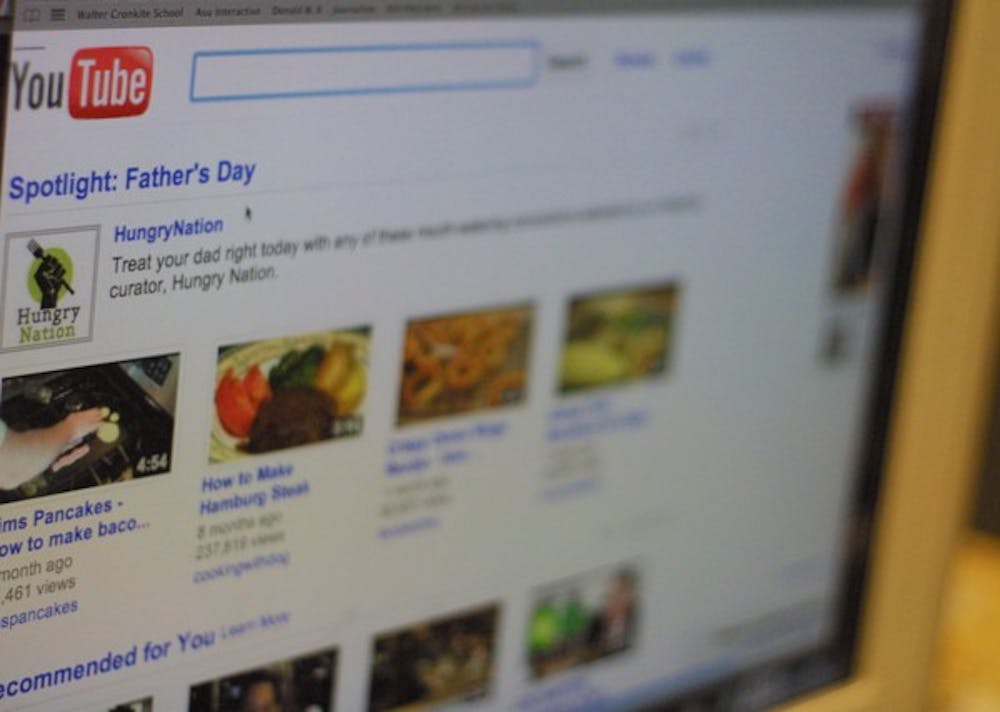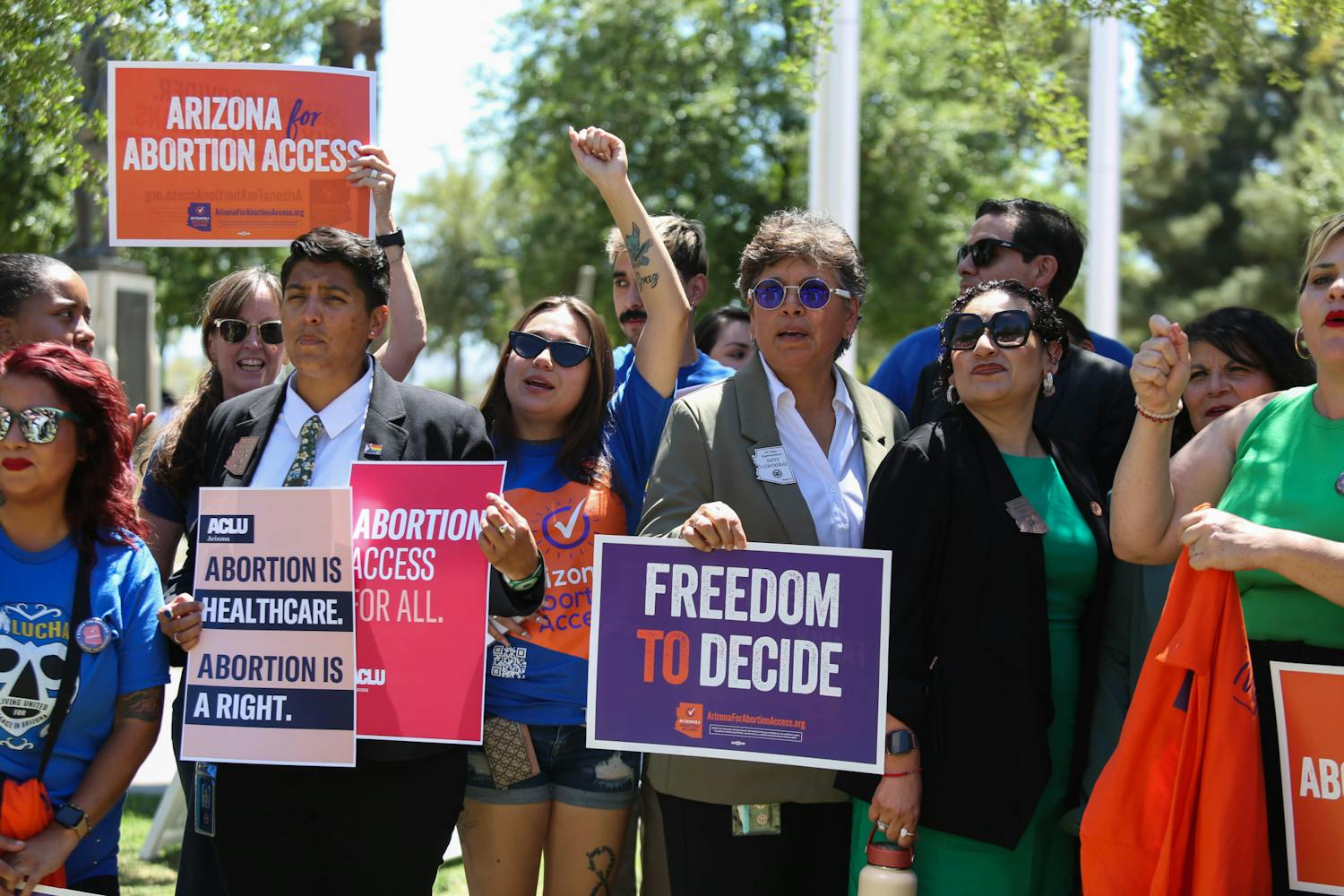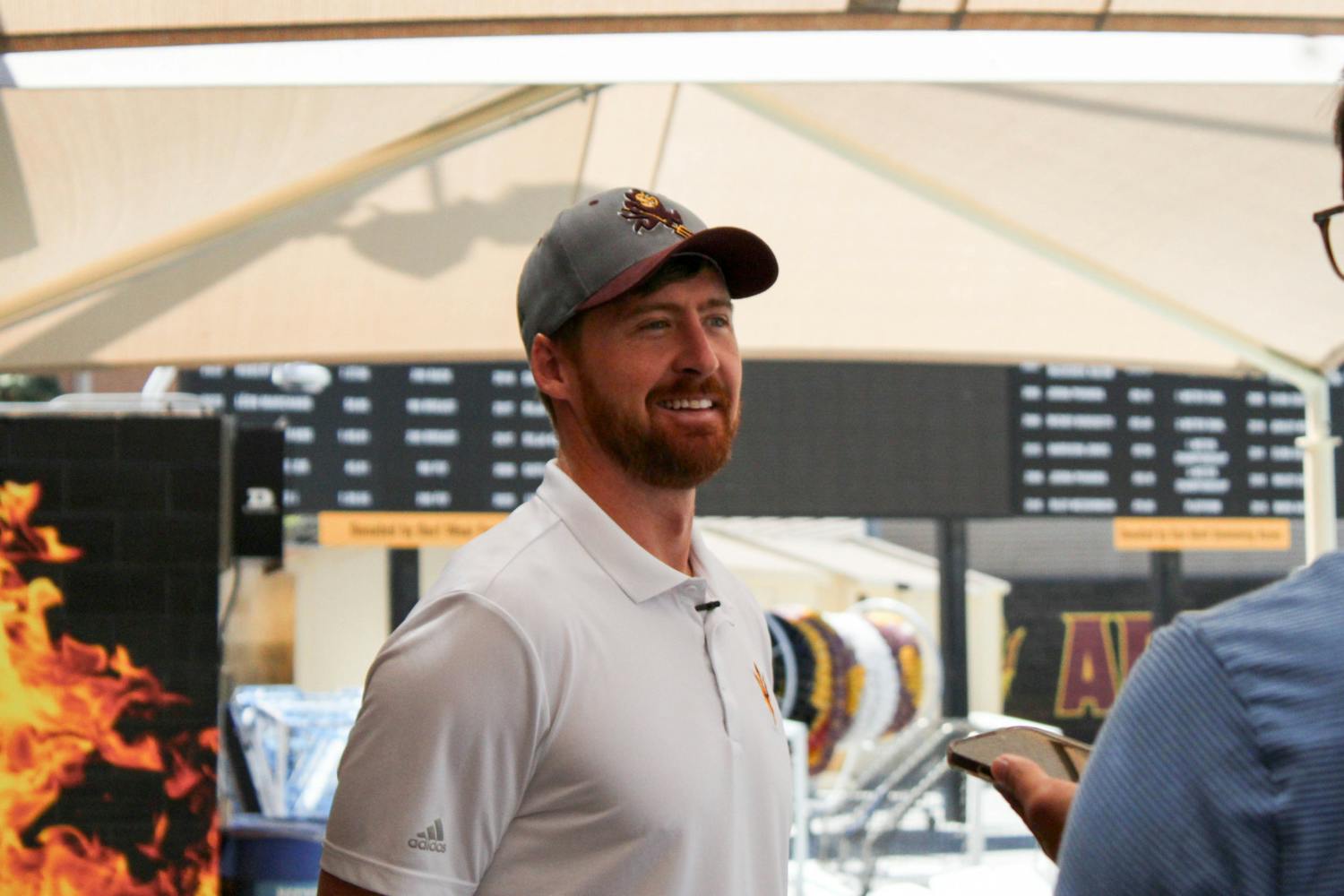YouTube, cell phones and other technologies are already used by students outside the classroom, which is why some ASU and UA officials want to bring interactive technology inside.
Teach Tec, an educational technology certification program for K-12 teachers, is a collaboration between ASU and UA in its second year, and instructs teachers on how to use technologies like YouTube and Flip Video camcorders, to improve student engagement.
Eighty-nine percent of teachers who attended the program last year said in a survey that the “new technologies enhanced the classroom experience.”
Before the program, 74 percent said they had little to no experience using technology in the classroom.
The program is funded by Helios Education Foundation and ASU Foundation’s Women and Philanthropy, though last year the program started through a grant from the Arizona Board of Regents.
Colleen Carmean of ASU’s College of Public Programs will be an instructor in the program.
“We are thinking about the next generation of learners and how different they are than we are,” Carmean said. “Their natural habitat is technology.”
She said teachers need to learn how to use the new technology in order to equip students with skills for the future.
“If we’re going to prepare the next generation for the…careers they’ll see in the future, we have to do a better job of incorporating technology into the curriculum,” Carmean said.
Although students use technology fluently, she said they don’t necessarily use it more in-depth to learn and to solve problems. The goal of Teach Tec will be to think of ways to incorporate technology into the curriculum, she said.
Teachers are willing to learn new technology but sometimes they don’t know how, Carmean said. The program will allow teachers to discuss how they would use technology.
Two of the program sessions will have a focus on seventh to ninth grade teachers, while one session will focus on K-12 overall, she said.
One goal is to provide Flip Video camcorders to all teacher participants in the sessions focusing on seventh to ninth grade, through the help of Helios Education Foundation.
Jo Anne Vasquez, the vice president and program director for Teacher and Curriculum Initiatives for Transition Years at the foundation, said she focuses on grades five to 12 and science, technology, engineering and mathematics (STEM) education.
“The research has shown that students tend to fall behind in those critical transition years of sixth through ninth grade, where particularly mathematics and science become not only harder but less relevant to them,” Vasquez said.
The foundation provides funding for initiatives in education in Arizona and Florida, and she said the program is an opportunity to target a critical student population and enhance its learning experience.
Gail Barker, one of the co-principal investigators for the grants last year and this year, is an assistant professor in the Mel and Enid Zuckerman College of Public Health, which is one of the collaborators at UA.
The Arizona Telemedicine program at UA’s College of Medicine and ASU’s Bob Ramsey Executive Education Program are also involved in the collaboration.
“We decided to work together on this project because there were expertise in both universities, and we wanted to do something together,” Barker said.
She said the program hopes to attract 400 teacher participants in-person and through video conferencing, video streaming and Twitter.
She said the technology being used is low-cost and will get students excited about learning.
“We’re using 21st century educational tools instead of 20th century educational tools,” Barker said.
Robin Rathman, a biology teacher at Cienega High School, attended the program last year.
“Our school district is pretty keen on incorporating technology in the classroom, so I try to get as much professional development in that area as I can,” Rathman said.
She said she mainly used the Web site www.moodle.org, which can be used to create lessons and quizzes online.
However, computers aren’t always available at school or at students’ homes.
“What we’re really lacking is enough laptops for students,” Rathman said. “To be able to come in and to do a web-based lesson is kind of hard in a class of 30. It’s hard to schedule getting a cart with all the laptops on it.”
She said she doesn’t really think cell phones would be a good way to engage students, though the Teach Tec program suggested polling and quizzing students through cell phones.
“I think it’s pretty hard to manage that in a class of 35 students, whether they’re actually engaging in what you want them to engage in or they’re just playing on their phones,” Rathman said, though she said it could be a possibility for smaller classes.
Reach the reporter at reweaver@asu.edu





